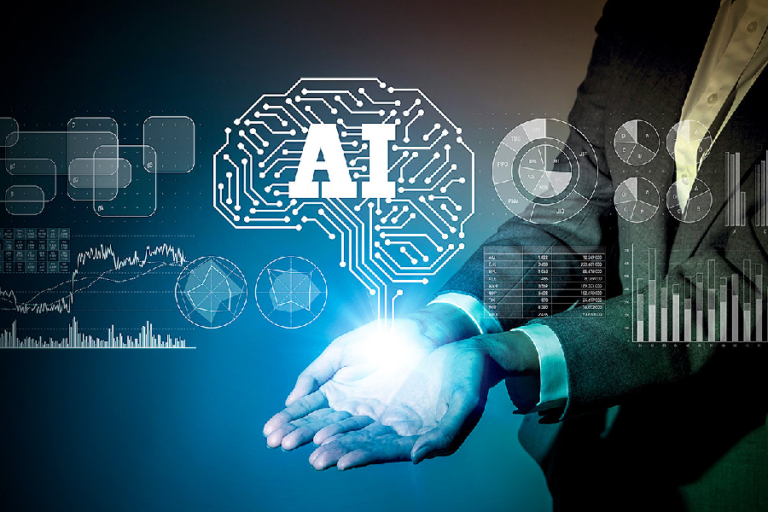Our everyday lives are changing and evolving, thanks to AI and machine learning. From personal assistants to smart cars, artificial intelligence is everywhere.
As consumers, we can see just the tip of the iceberg. The way AI is transforming the business landscape is much deeper and much more intertwined than it might seem.
Here are seven main areas where AI is already making a significant impact on business:
Research and analytics
Companies can use AI to perform many manual tasks, as well as those that involve significant numbers. As such, it is ideal for use when it comes to research and data analysis.
Machines are capable of processing much more data than humans ever could. The end result is access to powerful insights into your consumer and marketing data. That way, you can determine what strategies work and which ones do not much faster than you usually would, and this saves you time, money, and resources.
Improving customer experience
Fast and precise customer support is an essential part of a good customer experience. Many companies are using AI support bots that can take care of the customers’ need round the clock to provide just that.
Thanks to the power of conversational AI, chatbots can guide customers and respond to their queries with natural language—immediately. Because they can do such a great job, the users remain satisfied and loyal to the brand, service, or product. In the ever-changing business landscape of today, that is very important.
Marketing
With all the individual data on your customers gathered in one place thanks to AI, you can use that info to create a more effective marketing campaign. Rather than creating one-size-fits-all content, marketers can use AI to develop highly-tailored messaging. They can even create different versions of the same website and then change the content on-demand, based on their source (AdWords campaign, Google search, or geographic area).
Email marketing, social media marketing, and SEO can all benefit from the intelligent analysis that is possible with the power of artificial intelligence. For example, predictive lead scoring could use data that includes a mix of demographic and behavioral info to predict how likely a lead is to turn into a sale. This allows marketers to focus their efforts on their most qualified prospects.
Automation
One of the most widespread AI applications is automating everyday, basic tasks to free up employees’ time. Some of the functions that businesses now delegate to AI include:
- Coordinating schedules, including team meetings
- Recording and transcribing meetings
- Translating communications between team members who speak different languages
- Consolidating data and performing fundamental trend analysis
- Optimizing sales forecasts and inventory levels
- Monitoring productivity analytics and identifying areas for improvement
Because AI can be implemented across different work areas, almost every business can improve productivity in some way through the smart deployment of these technologies.
Security
The idea of compromising personal privacy is scary. The upside of software that collects data on individual human characteristics is that it can reliably identify when someone is not you, thus protecting your identity.
Plus, cybersecurity threats change so fast that it’s hard for humans to stay ahead of them, while a machine has no problem with keeping up with the new risks and threats and dealing with them as they come.
Hiring
Algorithms are already being used to filter resumes and job applications before employers decide who to interview. Currently, too often, well-qualified applicants are filtered out because they fell short on specific keywords in their resumes. Thankfully, artificial intelligence makes finding the right candidate a more intelligent, data-driven process.
Things don’t always turn out so great, though – some time ago, Amazon’s hiring AI showed to have a gender bias, but there is no doubt that these kinks will be sorted out in the future.
Operations
The same technology responsible for handling the self-driving vehicles for object detection, identification, and avoidance is already being applied in factories. It’s already in use with forklifts and drones in warehouse management.
Also, converting paperwork to digital data without being tied to scanning will be possible through artificial intelligence. After an application captures data, it will analyze it to trigger appropriate workflow steps and keep the entire process completely automated.
Conclusion
Just like with other technologies, AI implementation has no universal solution. What successful outcomes look like depends almost entirely on your organization’s specific goals and needs. The one common thread for almost all businesses is that this technology is here to stay. It is up to you to find the mode of AI implementation that suits your needs.


Comments are closed.